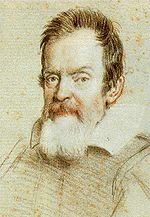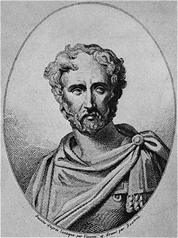Observation is the first step of a new inventor
SCIENCE RENAISSANCE
- During the Renaissance, great advances occurred in geography, astronomy, chemistry, physics, mathematics, manufacturing, and engineering. The rediscovery of ancient scientific texts was accelerated after the Fall of Constantinople in 1453, and the invention of printingwhich would democratize learning and allow a faster propagation of new ideas. But, at least in its initial period, some see the Renaissance as one of scientific backwardness. Historians likeGeorge Sarton and Lynn Thorndike have criticized how the Renaissance affected science, arguing that progress was slowed for some amount of time. Humanists favored human-centered subjects like politics and history over study of natural philosophy or applied mathematics. Others have focused on the positive influence of the Renaissance, pointing to factors like the rediscovery of lost or obscure texts and the increased emphasis on the study of language and the correct reading of texts.
- Marie Boas Hall coined the term Scientific Renaissance to designate the early phase of theScientific Revolution. More recently, Peter Dear has argued for a two-phase model of early modern science: a Scientific Renaissance of the 15th and 16th centuries, focused on the restoration of the natural knowledge of the ancients; and a Scientific Revolution of the 17th century, when scientists shifted from recovery to innovation.


